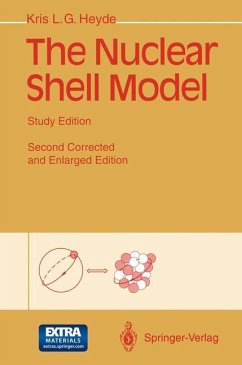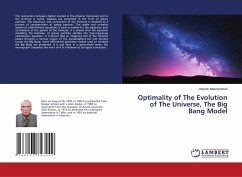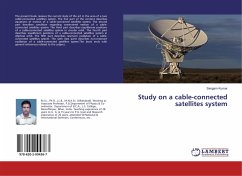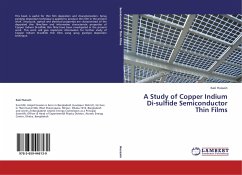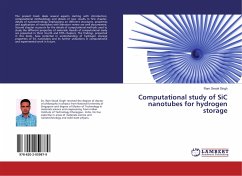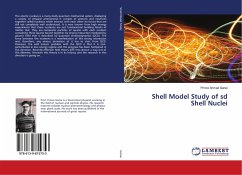
Shell Model Study of sd Shell Nuclei
Versandkostenfrei!
Versandfertig in 6-10 Tagen
37,99 €
inkl. MwSt.

PAYBACK Punkte
19 °P sammeln!
The atomic nucleus is a many body quantum mechanical system, displaying a variety of physical phenomena. It consists of protons and neutrons together called nucleons which interact with each other via forces that are still not completely well understood. It is now known from high energy experiments that these nucleons are not fundamental building blocks of matter. But, they are composite particles of quarks with each nucleon containing three quarks bound together by strong interaction mediated by gluonic field that is described by quantum chromodynamics (QCD). The force between the nucleons is...
The atomic nucleus is a many body quantum mechanical system, displaying a variety of physical phenomena. It consists of protons and neutrons together called nucleons which interact with each other via forces that are still not completely well understood. It is now known from high energy experiments that these nucleons are not fundamental building blocks of matter. But, they are composite particles of quarks with each nucleon containing three quarks bound together by strong interaction mediated by gluonic field that is described by quantum chromodynamics (QCD). The force between the nucleons is a manifestation of this strong interaction and, therefore, any serious derivation of it has to start from QCD. However, the well known problem with the QCD is that it is non-perturbative in low energy regime and the progress has been hampered in this direction. Recently effective field theory (EFT) has shown a way out of this dilemma. However this theory is in its infancy and the research in this direction is going on.



